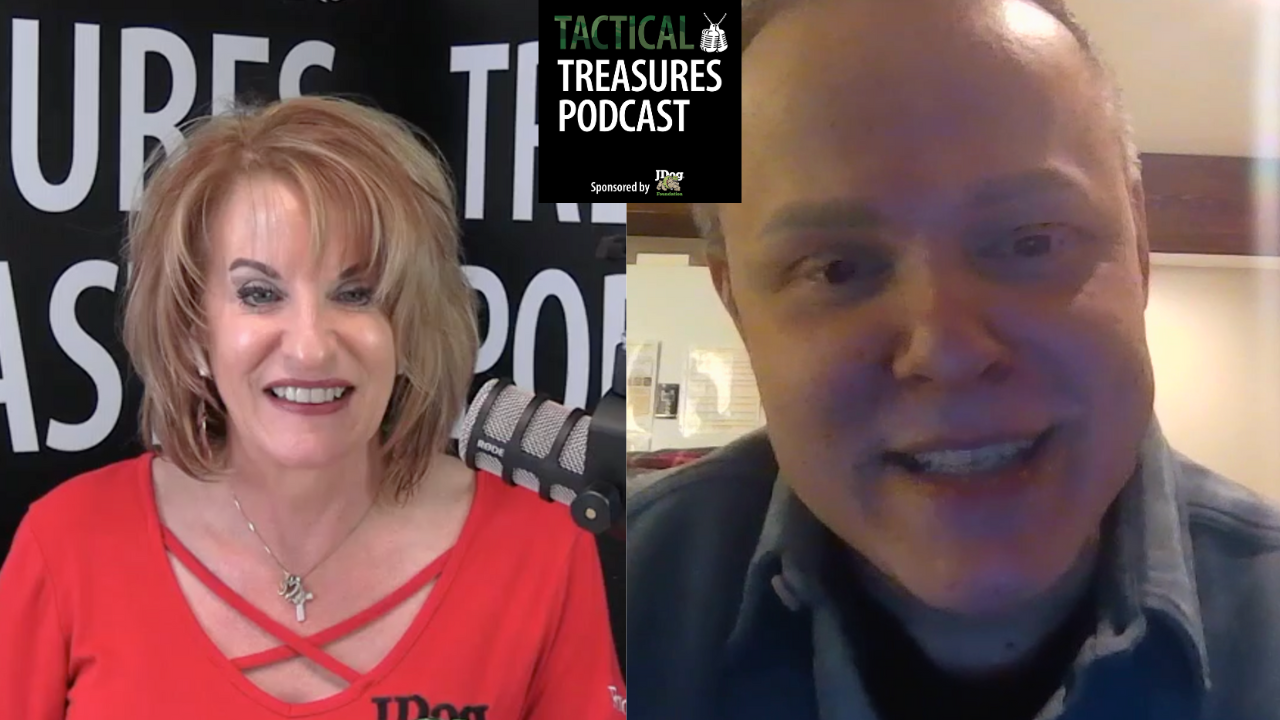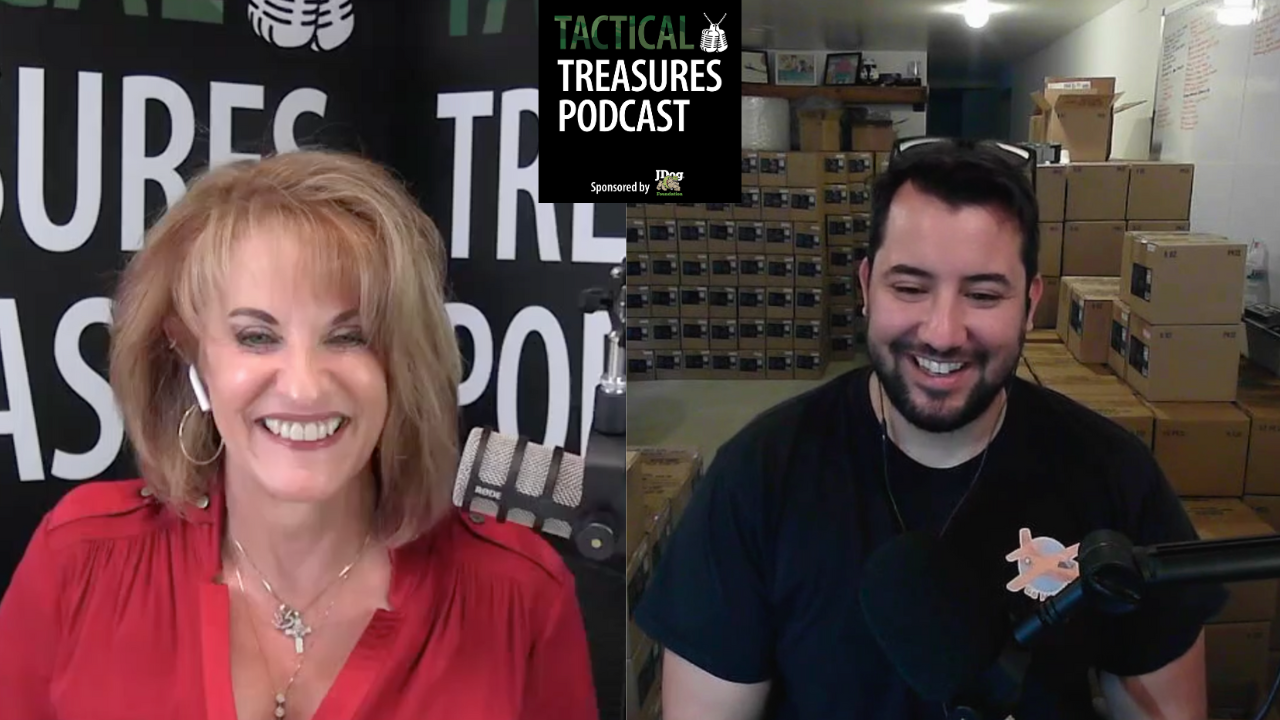I groaned as my friend, a veteran business owner, told me that through the years he had tried every job board imaginable to find good employees - he started with Craigslist then continued with all the usual suspects: Monster, Indeed, ZipRecruiter, and the list goes on. Not surprisingly, his results were spotty - some great employees, a few duds, but always a lot of frustration and wasted time. I wondered what advice I would give him if I could go back in time to save him those hiring headaches and here’s what I came up with:
Step 1: Write the Story
The first step is vital to every hiring process. The first thing you must do is sit down and think about the ideal employee for the job you’re filling. Much like identifying a target customer, describe your target employee. What kind of personality are you looking for? Will this person be more task-oriented or people-oriented? How much stability does this individual need in the work environment? Do you want this person to be an independent actor or follow instructions to the letter and not deviate? Once you know the person you want to hire, you can tell the story of how that person will fit into your organization. Why is that important? Because the magic of finding a great employee lies in the story you tell to the people who will help you find them.
Step 2: Share the Story
Once you know your story, here are five ways to find your next great employee:
- Email your network. Tell everyone you know exactly the kind of person you are looking for and what job role they will fill. By telling your story, people’s imaginations are ignited and they start mentally scrolling through everyone they know looking for the person who fits your ideal. Referrals are by far the best way to find great employees.
- Write a blog and share on social media. Talk about the person you’re looking for. Tell them what it’s like to work for your company. Share your company’s driving purpose - the “Why” behind what you do. Keep it short - 3-5 paragraphs max. Then share it on every social media channel you have access to. If you have a small budget, run a Facebook ad targeting the person you’re looking to hire. The right person will fall in love with the story and be excited to apply for your position.
- Contact local membership organizations your ideal candidate may be a part of. Think about who this person hangs out with. Is she/he a member of a group targeted to people with their skillset? (Society of Human Resources Management, Military Officers Association of America, etc). Contact that society and ask the officers to email the membership with your story or description of your ideal candidate.
- Go find them rather than waiting for them to come to you. In recruiting we call this “sourcing”. Dig into databases you have access to (LinkedIn comes to mind) and search for people fitting your ideal candidate. Connect to them, send them an InMail, share your story and ask if they know anyone who would be a good fit. Hopefully, they’ll see themselves in your story, but if not, perhaps they’ll see someone they know and forward it on to your target candidate.
- Hire a recruiter. You should always share your needs with your network, but if items two through four are too time intensive for you, call in the professionals. Recruiters have honed their skills at finding great candidates and have networks primed and ready to assist. Look for a recruiting firm that specializes in finding people who fit your ideal candidate’s description and role (for example, if you’re looking for a military veteran or spouse, Hire Served specializes in military talent), and will perform points two through four on your behalf. Share the ideal profile you’ve created with your recruiter (they will help you tweak it to be more accurate), then let them do the work. Your recruiter will save you at least 40-60 hours of effort, making your investment in their fee well worth the cost in time savings.
Step 3: Interview for Alignment Above All
When I worked for McChrystal Group, we spent a lot of time teaching companies how to align their employees to their mission. Wouldn’t it be so much easier if you hired for mission alignment rather than having to train to it after the hire? We spend so much time during interviews trying to assess a person’s ability to do the job that we often don’t spend sufficient time understanding who they are and whether their values and purpose align with our organization.To interview for alignment means you’ll need to do a deep dive into the person’s life purpose. You want to find the common thread that runs through their work history. Some questions you might ask:
- What accomplishment are you most proud of and why?
- What specific parts of that accomplishment were most interesting to you?
- What skills did you use in that accomplishment that you have also used in other projects?
- What drains your energy?
- What lessons have you learned from failure?
- What drives you?
When your candidate answers these questions, don’t just write down a few notes, rate them and move to the next question. Use these as conversation starters. Deep dive into who this person is. Ask yourself if their core values align to those of your organization. Listen for what’s being said behind the words. Ask yourself if their purpose aligns with your company’s mission. If it’s not a match, don’t hire. If it’s a match, you might have the makings of an incredible employment relationship.



%201.svg)









